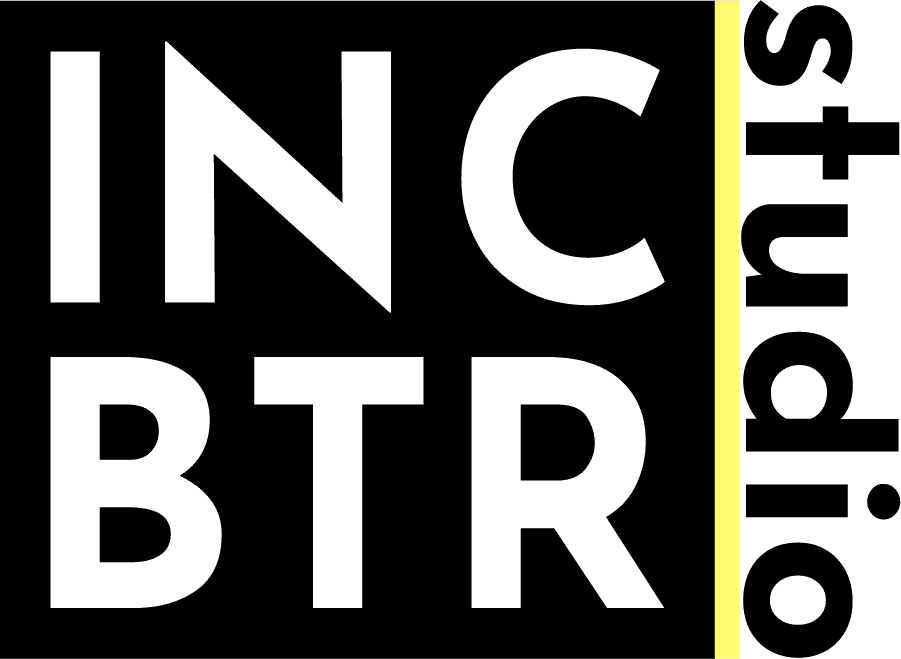A website is the embodiment of your integrated marketing, communication & sales strategy. It is therefore a basic tool that every company needs, but it can have various degrees of complexity.
Let’s start with some data:
- 42% of consumers say they judge a website on its design only.
- 52% of consumers say they have not returned to a website because of its unpleasant aesthetic.
It is therefore important to take care of your website down to the smallest details. It all starts, of course, with a professionally designed brand identity.
CHOOSE A PLATFORM
Wix | Squarespace | WordPress |
|---|---|---|
+ Easy to use + Possibility to create a website quickly + Security & maintenance included + No technical knowledge required | + Highly designed websites templates
+ Security & maintenance included
+ No technical knowledge required | + Full ownership of the website
+ 100% customisable
+ Installation of functionalities (including e-commerce)
+ Search Engine Optimization |
– Not owner of the website
– Obligation to go through a paying offer to have a professional result (url + no ads)
– Limited designed customisation | – Not owner of the website
– Obligation to use a paid offer
– Not intuitive to use
– No multilingual option available | – Hosting & domain required
– Installation on the server & database a bit complex
– Do-it-yourself security, updates & backups |
There is no right or wrong choice. Take into account your resources, needs, knowledge & business medium-term goals.
STRUCTURE THE CONTENT OF YOUR WEBSITE
Your website, like any other growth & communication tool, must have a specific & measurable objective. Defining the main objective of your future website beforehand will allow you to list the functionalities you need (contact form, newsletter, booking tool etc.), to divide your website into pages & choose the theme you need more easily.
The most common structure of a professional website is simple & is divided as follows:
- Home Page
- About Page
- Service Page(s)
- Blog Page
- Contact Page
This structure will become the architecture of your website & determine your menu.
For each page, make sure you define a sub-objective that allows you to create a main message per page, accompanied by a precise call to action. Then divide each page into blocks. This will make it easier to write your content & avoid superficial or even unnecessary content. It is essential to think & write your content before formatting it, as it will impact in one way or another the visual aspect of your website.
CREATE A CONSISTENT WEBSITE
For the visual part of your website, you need to have a complete graphic identity. Knowing the names of your fonts & the hexadecimal numbers of your colours will for example enable you to adapt the chosen theme to your visual identity & make it a little more unique.
Make sure you ALWAYS use the same set of colours & fonts on all pages of your website. When you create a website by yourself, most of the time, you adapt a visual template to your needs & that’s where the problem lies. The existing visual templates on platforms like Wix, Squarespace or WordPress will never suit you 100%. You will therefore always try to modify them. You need to be consistent & uniform in your modifications. For example, a button should always have the same typeface & format (only the colours may vary).
Don’t be afraid of white spaces between your blocks. These spaces provide breathing space & pause time. On top of that, they allow your user not to feel too overwhelmed by your content.
Finally, always check the responsiveness of your website on mobile & tablet devices, as this is where the majority of your audience will come from.
PUT YOURSELF IN YOUR VISITOR’S SHOES
You need to guide your visitor & let them know what you want them to do on each page. This implies clear calls to action. Don’t give them too much choice, otherwise they won’t make a decision.
Remember that your prospect arrives on the page of your website that corresponds to their need (& therefore their search) & not necessarily on the homepage of your website. Their experience must be pleasant. They must feel that your website provides them with the answer they are looking for in a relevant & quick way.
Finally, make sure you reassure your visitor. This can be done through testimonials from your former customers, for example, but also through links to your social networks & above all, by making it quick & easy to contact you.
MEASURE THE PERFORMANCE OF YOUR WEBSITE
As mentioned earlier, every tool has an objective to fulfill… that you can measure. That’s why you need to link your website to an audience tracking tool like Google Analytics in order to measure the impact of your content & why not heatmaps to refine your knowledge of your visitors & therefore refine your website over the months.
Finally, don’t forget to keep your blog alive as the most effective marketing tool on the market to make your business known & recognised!





